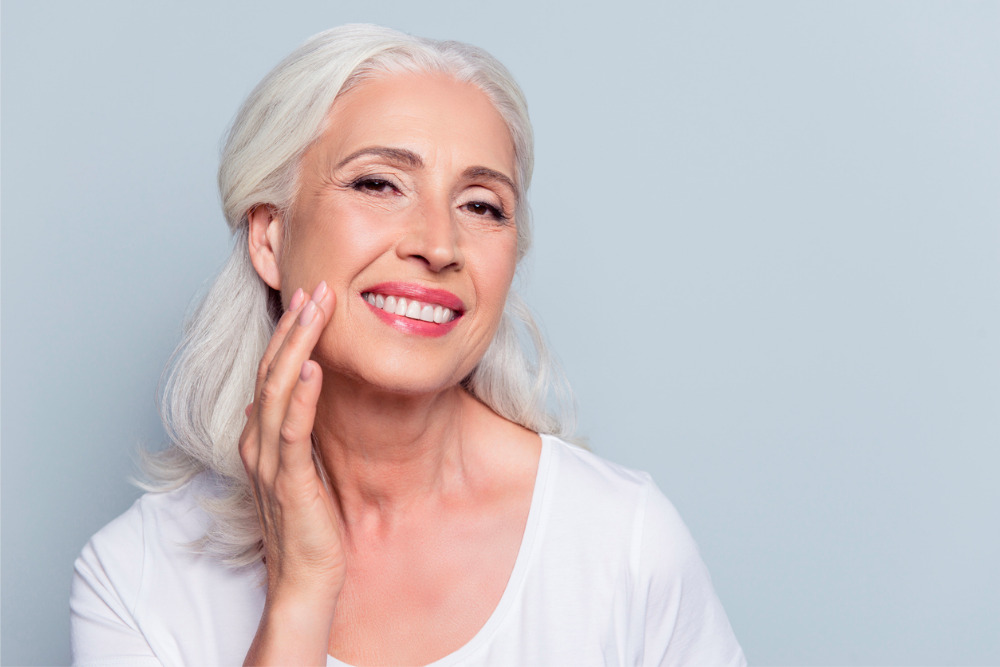
2020 Aging Skin Treatments You Need to Know About
Collagen! These long stringy proteins make up a surprising amount of our bodies. In fact, these proteins largely make up the whites of our eyes and even the cartilage in our ears. This article is supposed to be about aging skin treatments so, why are we talking about collagen?
Collagen is also what strengthens and allows our skin to maintain elasticity, making it a vital element in the fight against aging.
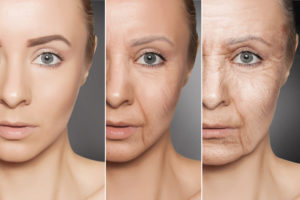
Sadly, after the age of around 25, collagen production slows. This production slow down results in the visible signs of aging, such as fine lines, wrinkles, hyperpigmentation, and dull skin.
In fact, add a lack of collagen to the reduction in fatty tissue and sun damage from UVA and UVB rays and the aging of our skin can present some pretty unsightly effects.
Fortunately, there are some tactics that can be used to coax the collagen in our skin to increase its production. In fact, some cosmetic professionals specialize in non-invasive treatments designed to increase collagen production – which is excellent news for those of us that don’t want to go under the knife.
Microdermabrasion
The first of the anti-aging skin treatments that you need to know about if you don’t already know about it, is microdermabrasion. In fact, with treatments being only around an hour in length, this is one of the least invasive options on our list.
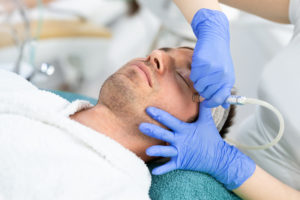
Microdermabrasion is great for people that want to combat common aging issues like:
- Hyperpigmentation
- Dullness
- Stretch marks
Microdermabrasion treatment is a relatively simple one. It sloughs off the top layer of the skin with the help of small exfoliating particles to reveal a fresher layer underneath and promoting collagen production. There are two main types of microdermabrasion treatments: crystal microderm and diamond microderm.
Crystal Microdermabrasion
This technique uses a wand to spray fine crystals over the face. As the loose crystals hit and slough off the skin, an attached vacuum sucks up the dead skin. The only complaint with this treatment is that some people say they feel as if they are being “sandblasted.”
Diamond Microdermabrasion
Diamond Microdermabrasion works differently than crystal microderm. A wand with a tip made from natural or synthetic diamond chips. Because this technique is particle-free, aestheticians often prefer it because they have more control and accuracy.
Recommended Read: A Gentler Alternative to Microdermabrasion
Chemical Peels
Think of a chemical peel as a slightly more extreme version of Microdermabrasion. You can get milder versions of this procedure to do in your own home, but for best results, we suggest seeing a professional. There are three levels of professional chemical peels that are performed in skincare clinics:
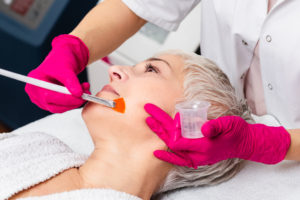
Light Chemical Peels
These peels are extremely common and penetrate the very top layer of the skin. These peels take about 20 minutes to administer and skin will be fully healed in 3-7 days.
Medium Chemical Peels
Medium peels soak in deep and penetrate a couple of layers of the skin. Mild versions are safe for use on the neck and hands. You can get multiple medium peels upon your doctor’s approval. Recovery time is around 7-14 days. Medium peels provide great results and are therefore quite a bit pricier than their lighter counterparts.
Deep Chemical Peels
Deep peels use a solution that removes layers of skin to address deep wrinkles, creases, and discoloration. This is an intense treatment and you can only get one deep chemical peel in your lifetime. After the peel, the face is bandaged and normally takes up to 3 weeks to heal. The cost of a deep peel is higher than both the light and medium peels and you will likely be given local anesthesia during the procedure.
If you do decide to perform this treatment at home, it is important to note that these acids are potent, and any products containing over 30% ratio will need to be administered under the care and supervision of a professional.
Chemical peel aging skin treatments work by causing blistering on the skin, which the body reacts to by producing more collagen. This then results in a reduction of aging signs such as wrinkles and sun damage.
However, unlike a Microdermabrasion treatment, chemical peels do take a little longer to complete and your skin will scale, crust, and peel over the course of several days.
Microneedling
The next anti-aging skin treatment that can help boost your collagen production is microneedling.
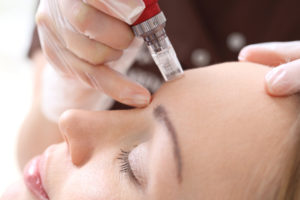
Doctors began trying to improve patients’ acne scaring over 20 years ago by poking the skin with hypodermic needles. They thought that by doing this, they would promote the healing process and signal cells to produce more collagen – which worked.
Now, microneedle rollers have become available to use in your own home. However, if you are looking for safe, scientifically proven results, you will want to see a professional.
Professional centers almost exclusively offer microneedling and have professional microneedling equipment like the MicroPen. The reason being that there is little evidence to back up the efficacy of dermarollers when it comes to collagen production.
Additionally, as microneedles work by making very tiny holes in the surface of the skin, doing this process in the cleanest and most sterile environment possible is always the best idea.
On its own, microneedling has been proven to improve the look of both acne scars and wrinkles. It can also be used with skin products and medications to improve conditions such as sun spots, with patients seeing measurably better results than with the products alone.
Recommended Read: What You Need to Know About Microneedling
Laser Treatments
Finally, when it comes to aging skin treatments, laser technology is one of the most popular choices out there because it delivers results.
Once again, this process works by causing controlled damage to the skin and increase collagen production. In fact, recent technological developments have lead to the use of fractional lasers. Which damage only a small channel of skin, leaving the cells surrounding intact, and ready to spring into healing, collagen-boosting in action.
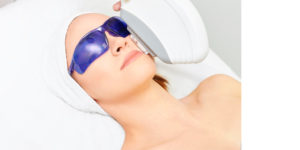
There are also two main types of treatments to be aware of for laser resurfacing.
Ablative
This type of resurfacing targets the epidermis and can be used in two ways. The first is across the whole face, which can be done under general anesthetic. While the second option is a more targeted procedure where particular problem areas can be dealt with under local anesthetic.
The procedure itself is usually performed does allow you to go home after everything is complete. Although it is worth noting that the total recovery time for ablative treatment can be up to 2 weeks depending on your skin type.
Non-ablative
This therapy focuses on the lower level dermis. The idea is that the laser heats this level and provides a milder collagen-stimulating effect than the ablative version.
Of course, the benefit of this is that it takes less recovery time that the ablative version. Something that those with little time to recover or may find a much more suitable way of inducing the production of collagen to boost the look of their skin.
It is also important to note that there are forms of laser peels available that are effective, minimally invasive, and have very little downtime. You will want to schedule a consultation to find out which laser treatment best suits your skin and your desired goals.

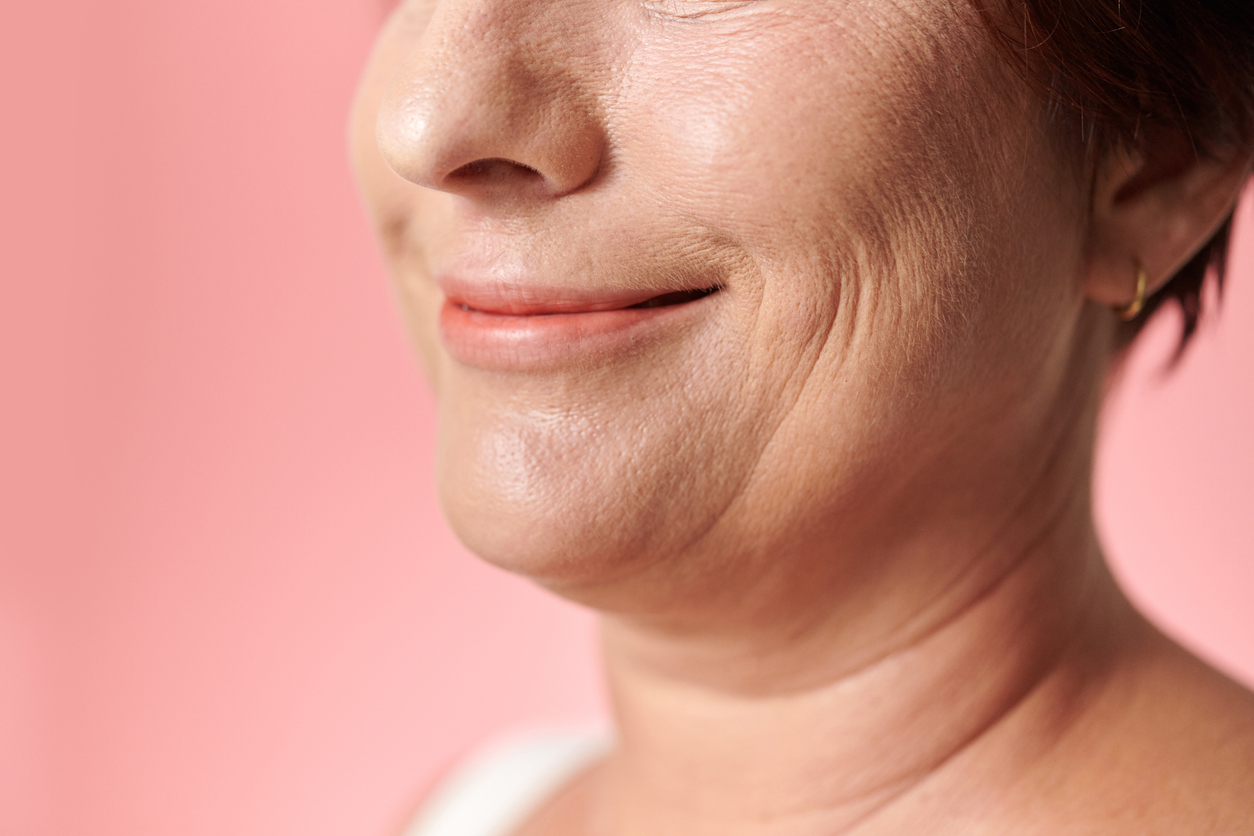
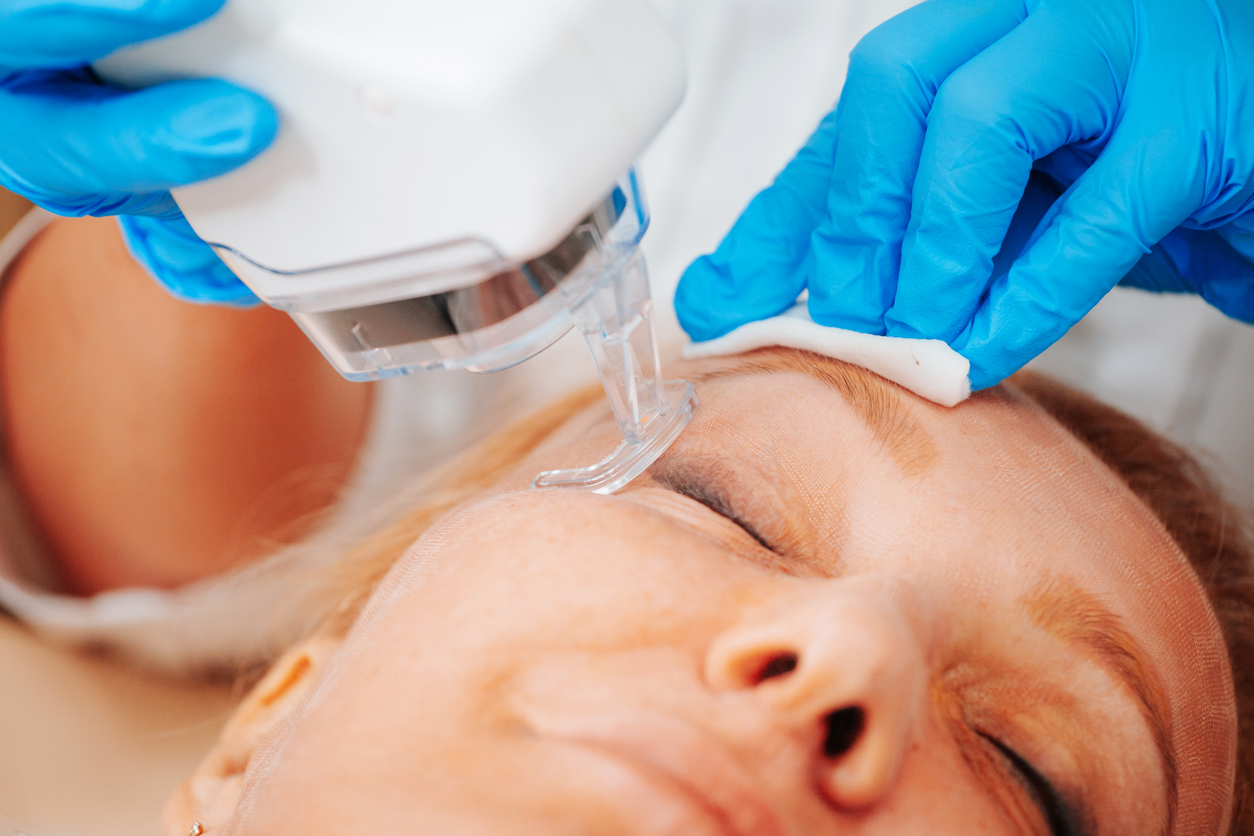
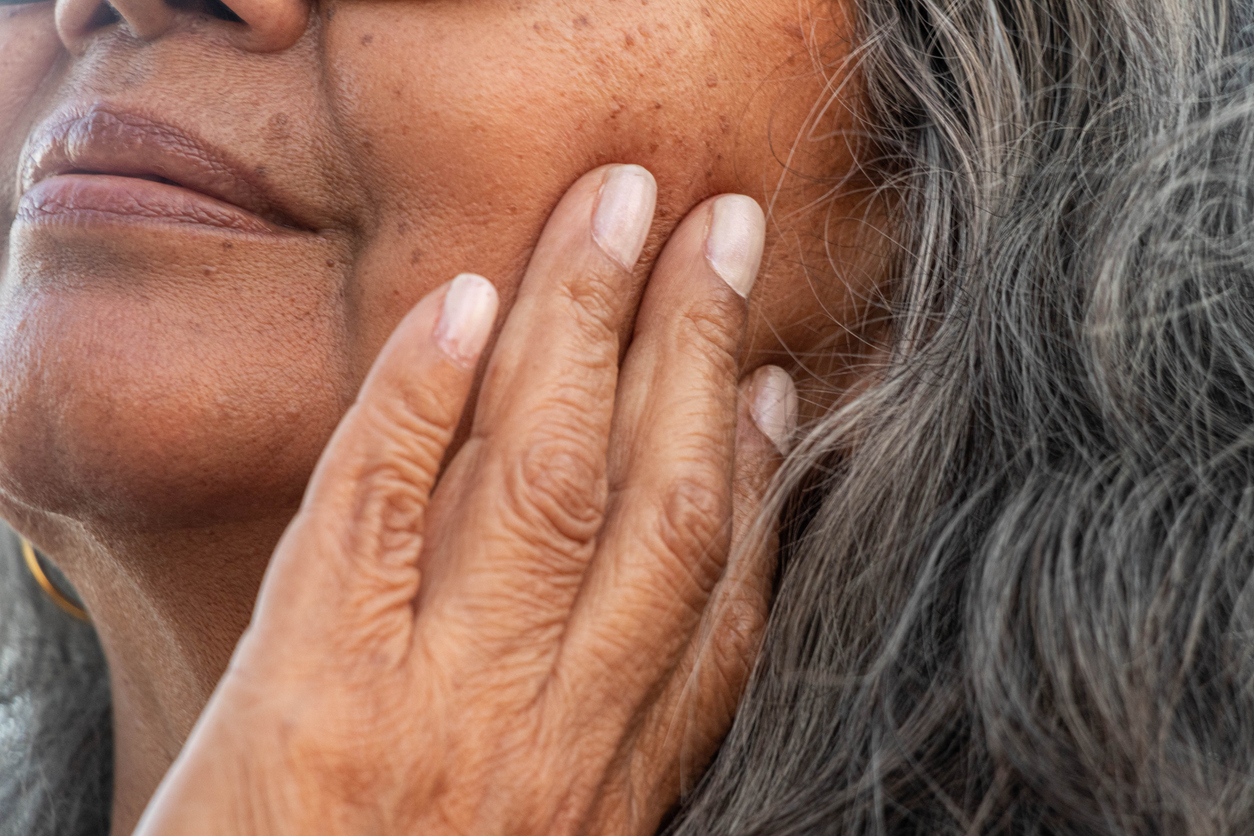




This Post Has 0 Comments